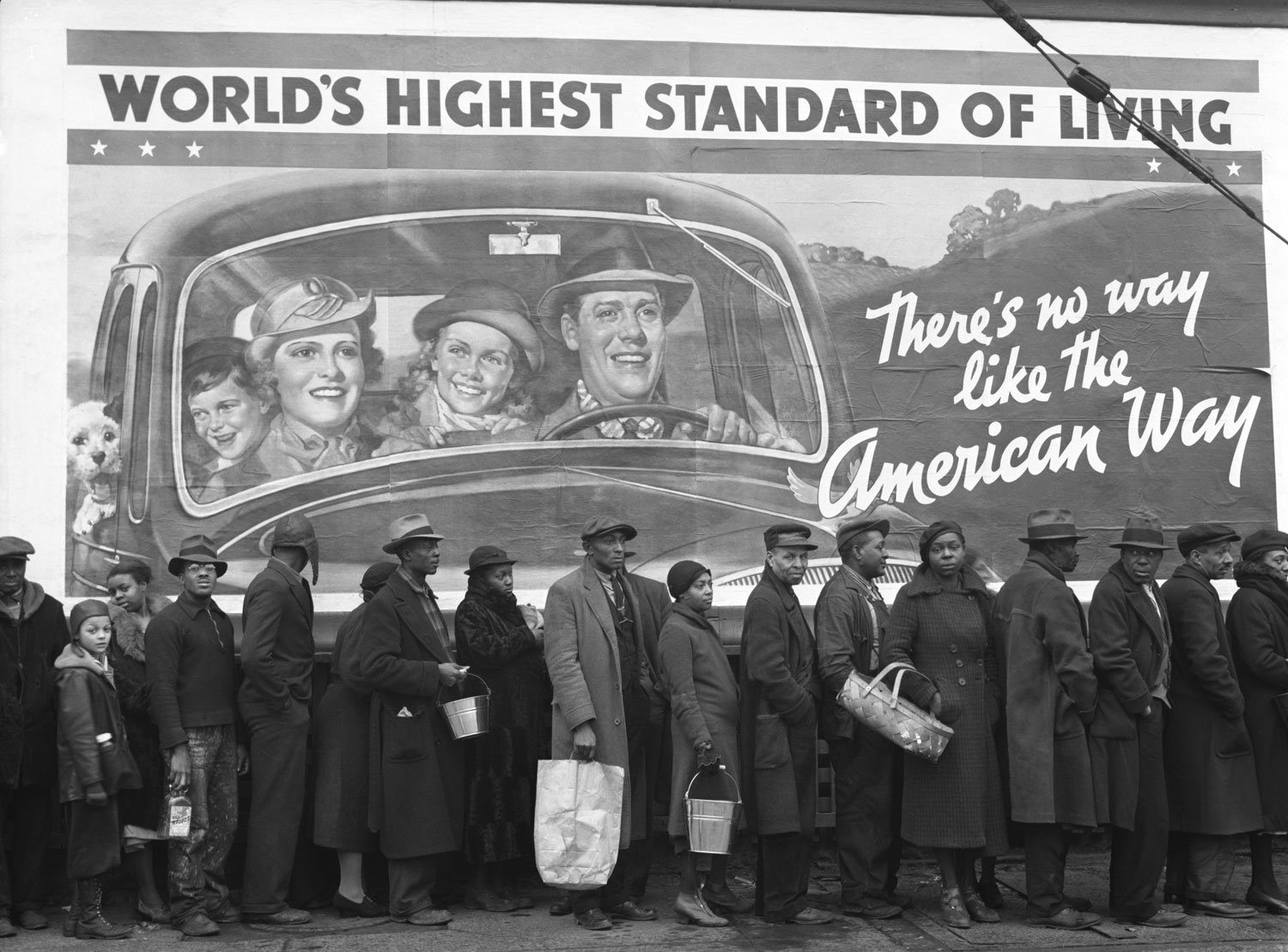
Like popular songs and fashions, some photographs have the power to define eras. A fatally wounded Robert Kennedy on the floor of a hotel kitchen, a terrified busboy by his side; a sailor kissing a nurse in Times Square in August 1945; a wounded American Marine reaching out to a stricken comrade on a mud-covered hill in Vietnam in 1966. These and other scenes are seared into our collective visual consciousness. And yet, all memories—whether an individual’s, or a nation’s—can be sketchy, fluid things, and not all landmark photos are exactly what they seem.
Case in point: For countless people who lived through the Great Depression, and millions more who know of the pre-war years only through movies, photos and history books, one image has long seemed to not only capture, but to encapsulate, the period. Margaret Bourke-White’s 1937 picture of African American men, women and children huddled in line before a billboard—on which a car bearing a beaming white family (and their dog!) appears to drive confidently into the future beneath the ultimately ironic slogan, “World’s Highest Standard of Living”—that picture has, for generations, been a defining Great Depression photo, somehow distilling in one frame the anguish that flowed from the economic cataclysm of the Twenties and Thirties.
There’s just one catch: Bourke-White’s now-classic photograph, while it was certainly shot during the Great Depression, was in fact originally only one of many pictures she made while covering a far more particular, localized catastrophe: namely, the devastating Ohio River flood of 1937, which claimed close to 400 lives and left roughly one million people homeless across five states in the winter of that terrible year.
Bourke-White’s picture led off a feature in the Feb. 15, 1937, issue of LIFE magazine that focused on how the flood waters ravaged Louisville, Ky., a city, LIFE wrote, that “will henceforth rank with Johnstown in 1889 and Dayton in 1913 among the worst-flooded cities in American history.” LIFE published a half-dozen Bourke-White photos from Louisville in that issue, and while the “American Way” billboard image was, even then, clearly the strongest of the bunch, it’s worth recalling that it was, after all, made during one specific assignment, covering one specific disaster. That it has grown in subsequent decades into an iconic image that epitomizes an entire age perhaps says as much about Bourke-White’s artistry, and LIFE magazine’s influence, as it does about the (understandable) human tendency to look for meaning—or connection, or solace—in what’s before our eyes.
Here, LIFE.com offers some of the photographs Bourke-White made, and that LIFE published, in the aftermath of the Great Ohio River Flood of 1937, as well as a number of equally powerful pictures from the same assignment—photos that never made it into the magazine, but nevertheless commemorate both a great photojournalist and the dignity of people enduring what must have felt, at the time, like an age of unending troubles.
Liz Ronk, who edited this gallery, is the Photo Editor for LIFE.com. Follow her on Twitter @lizabethronk.
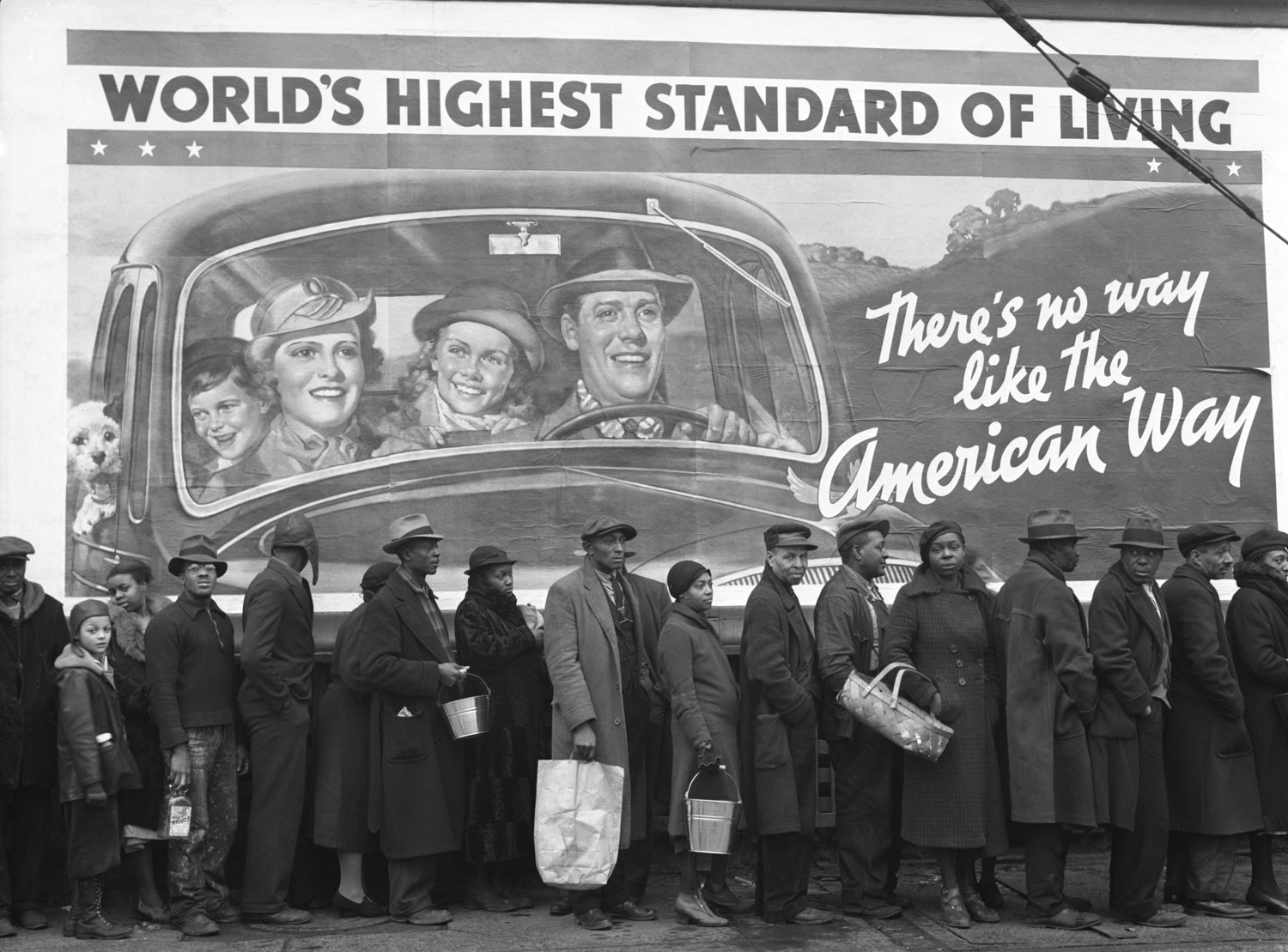
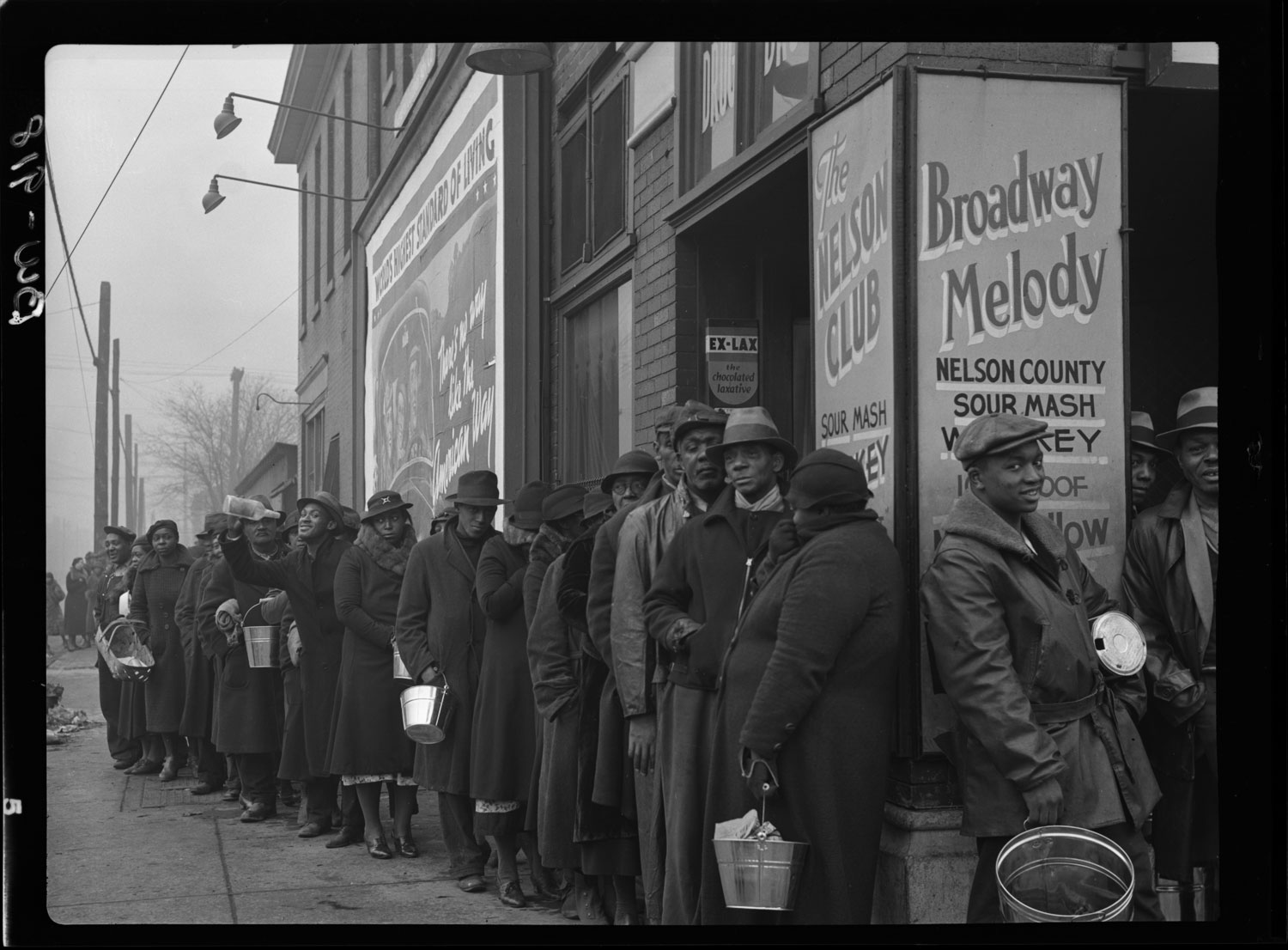
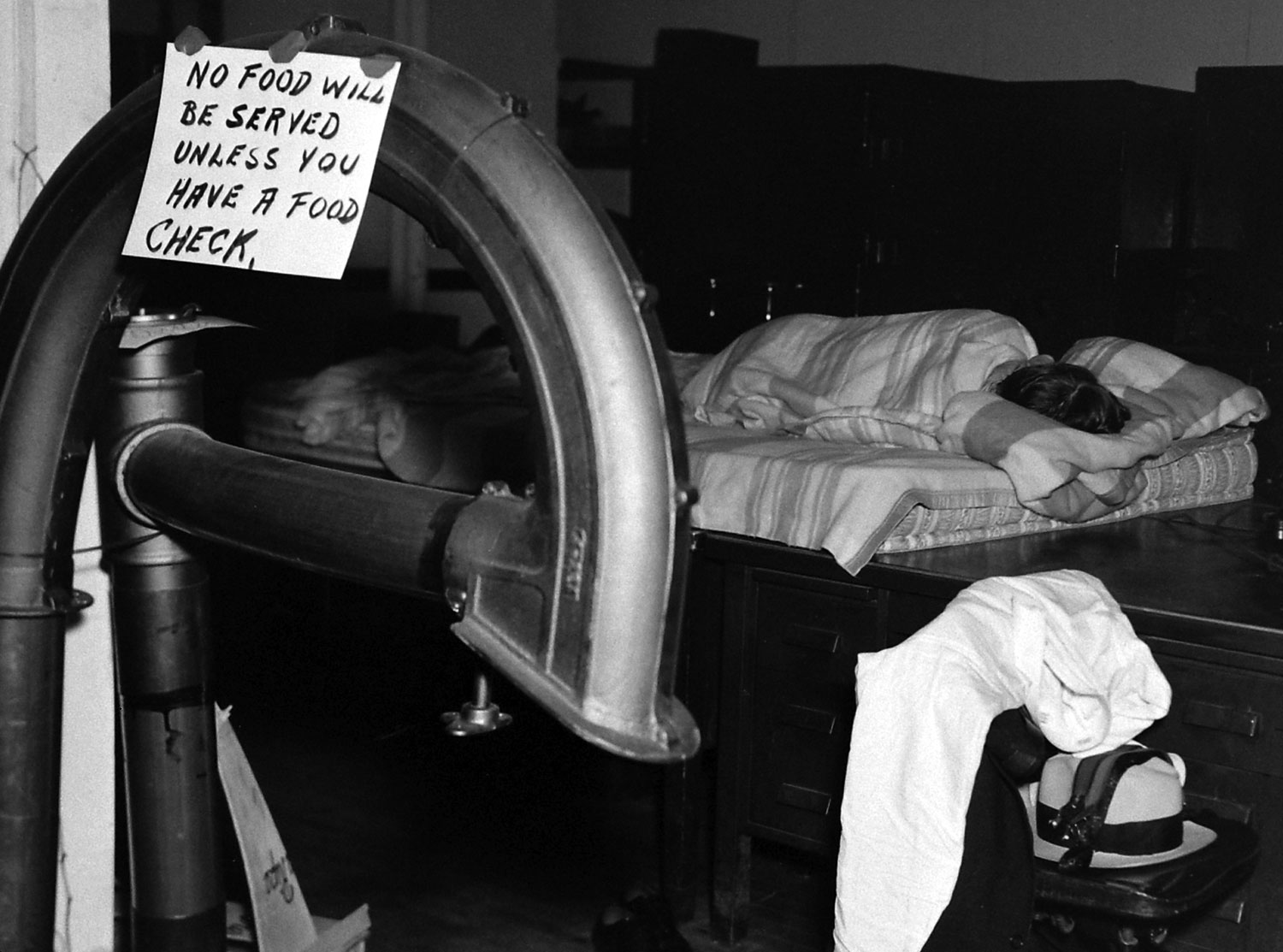
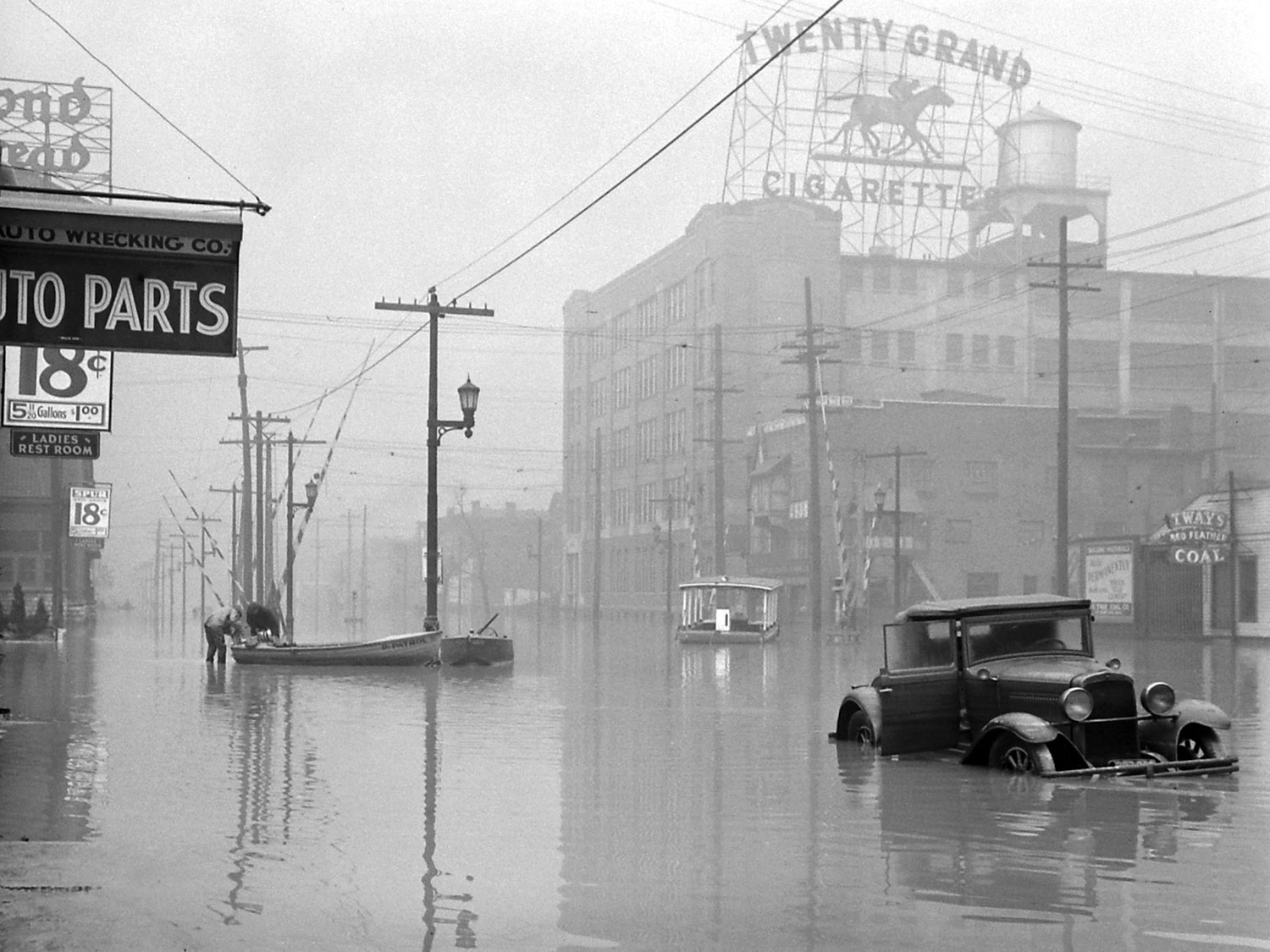
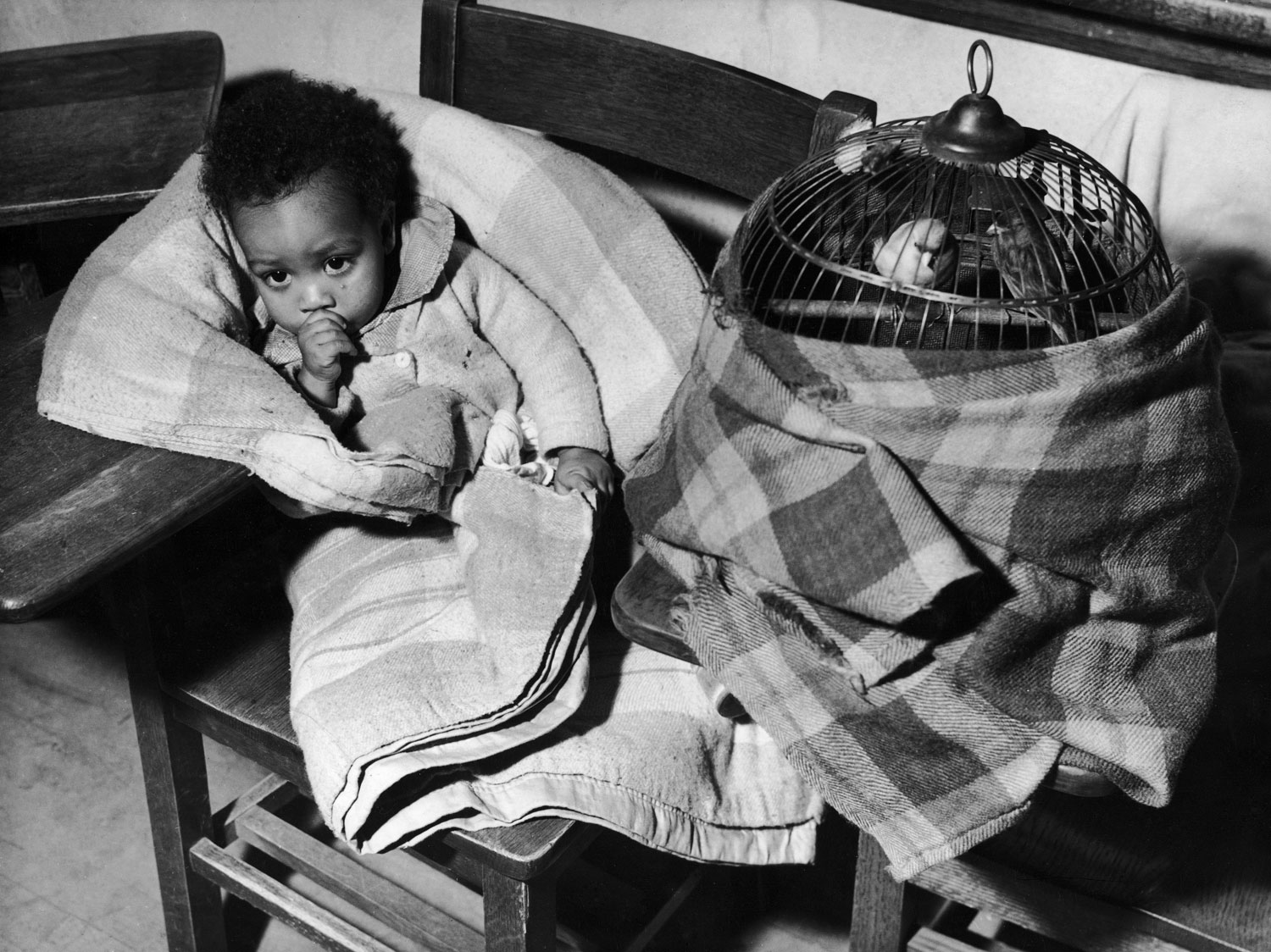


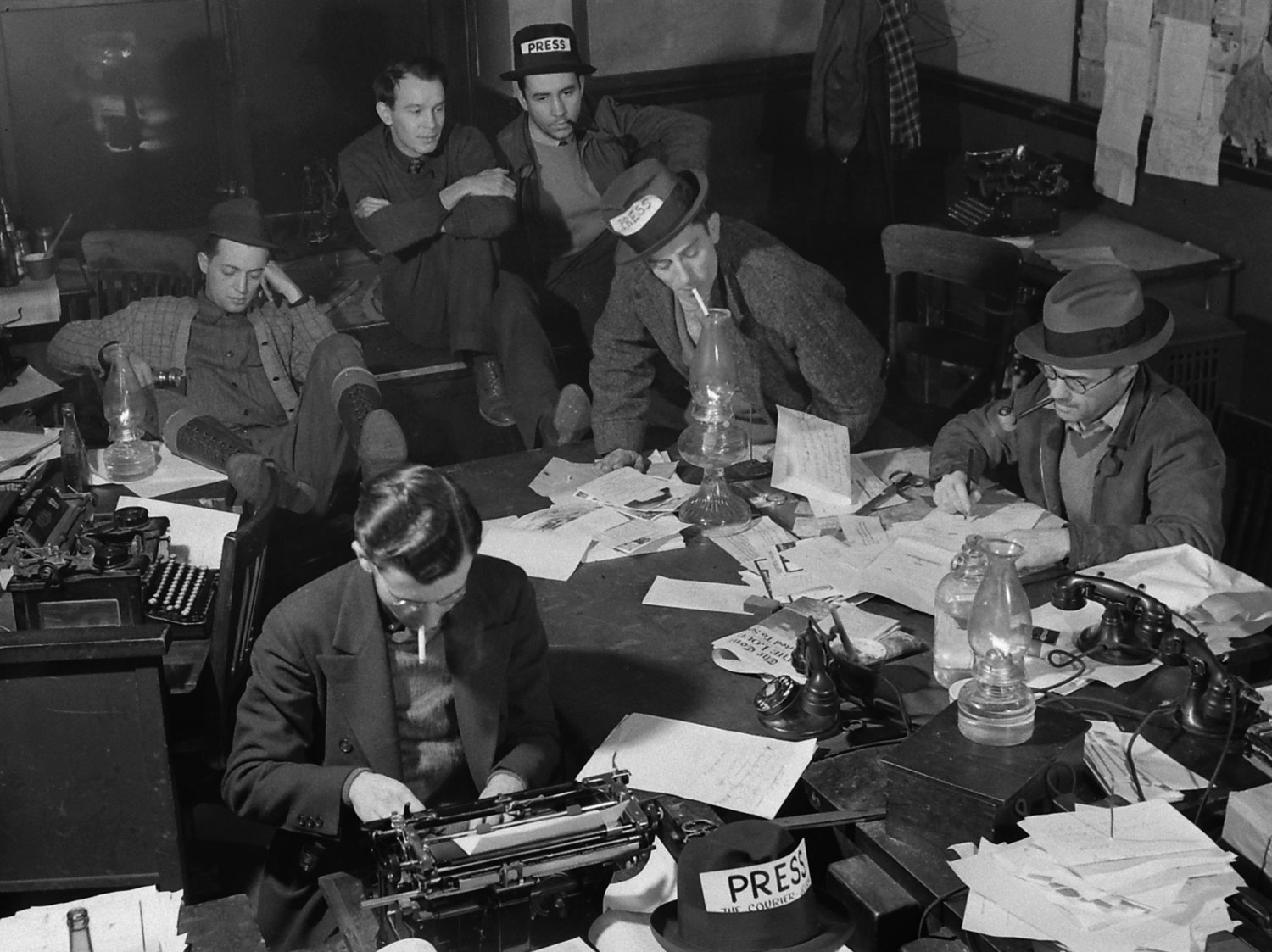

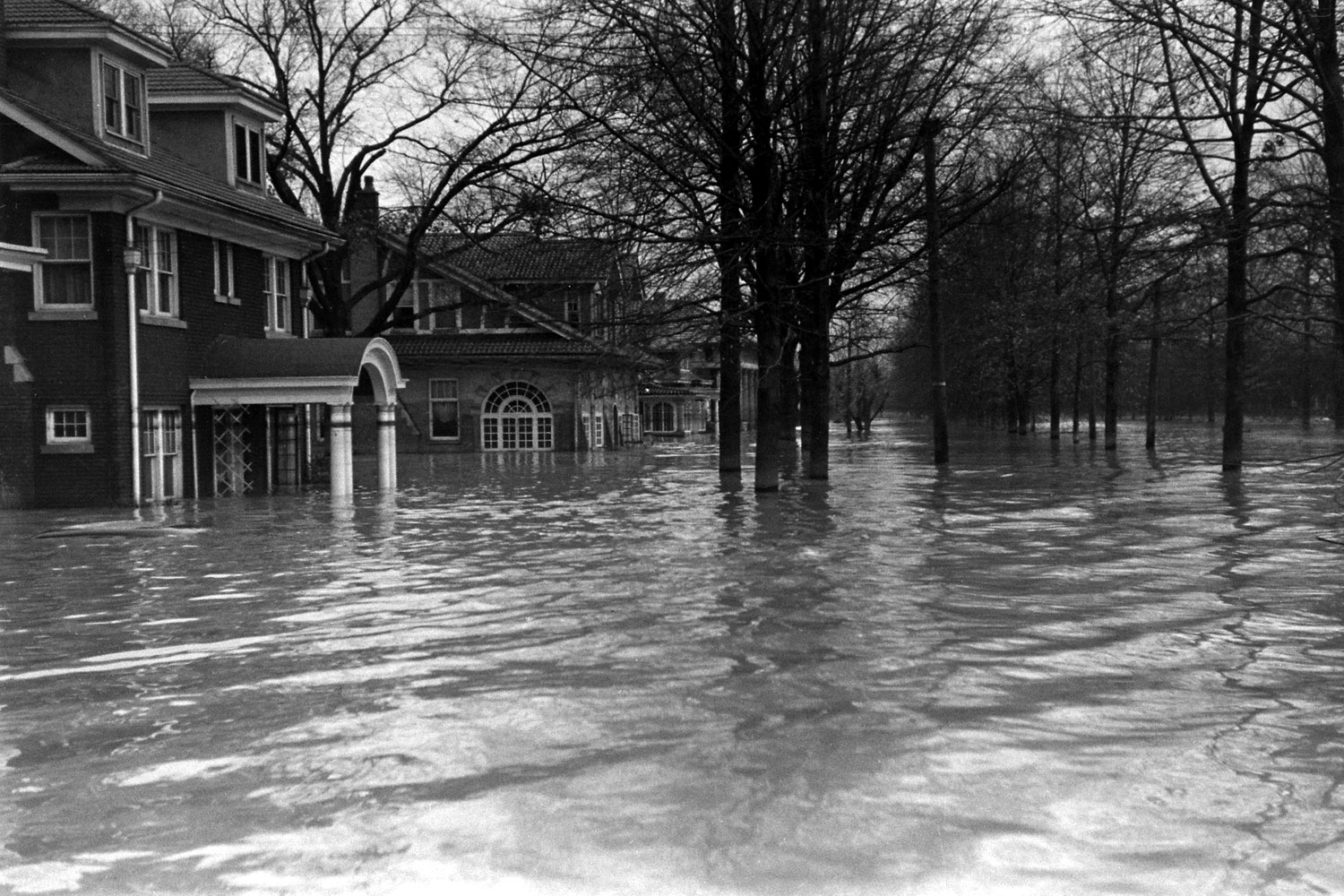
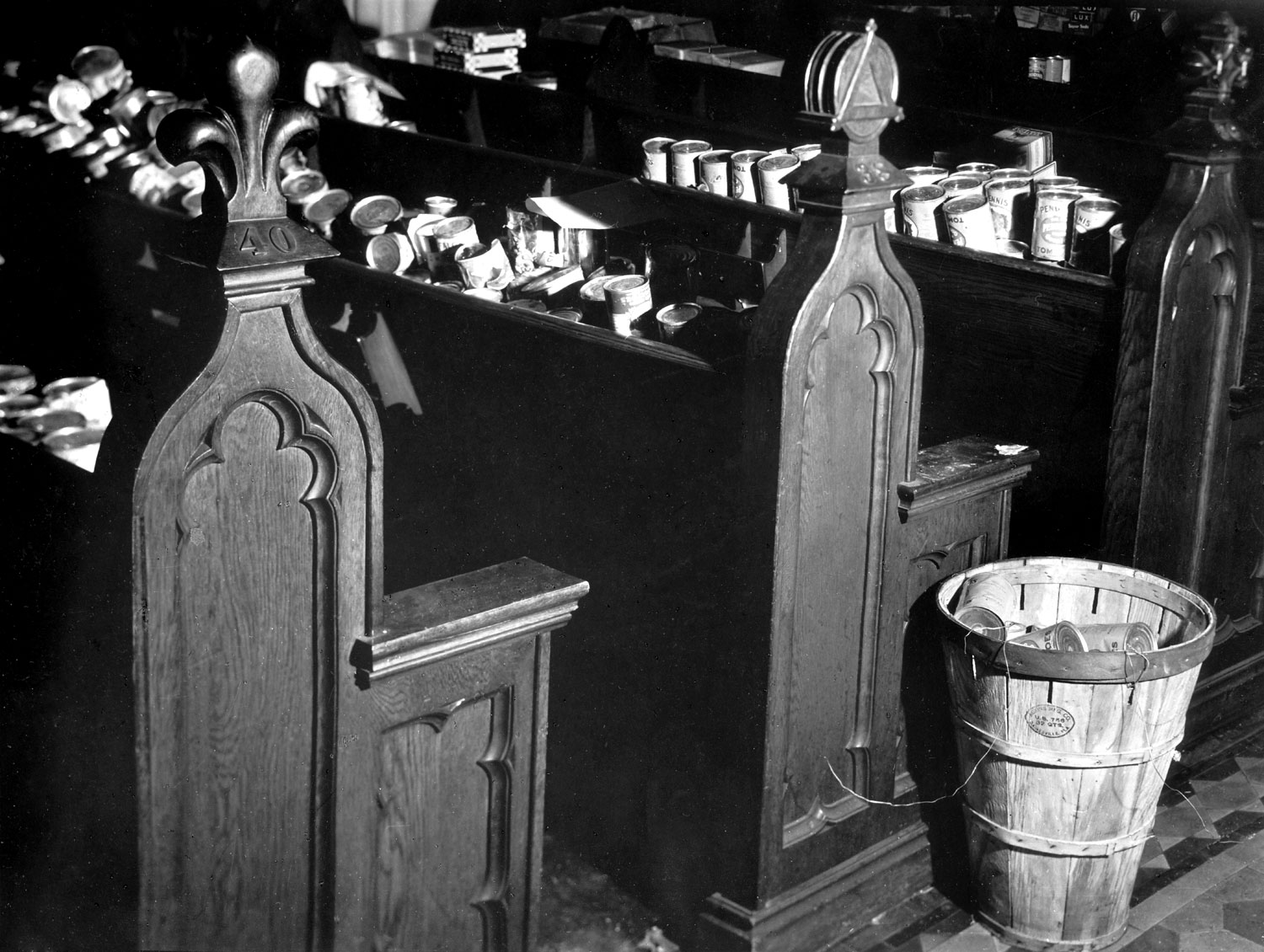
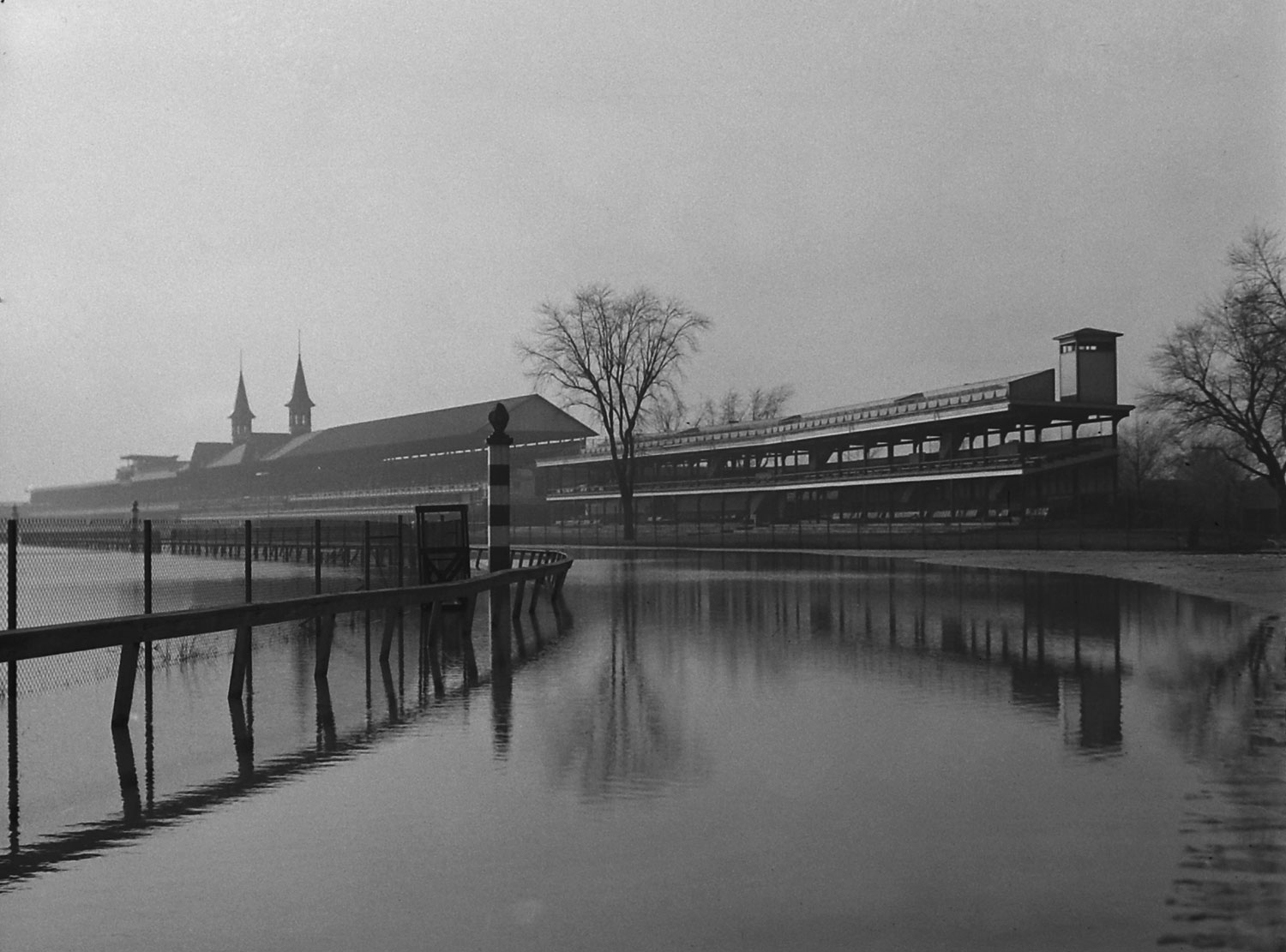

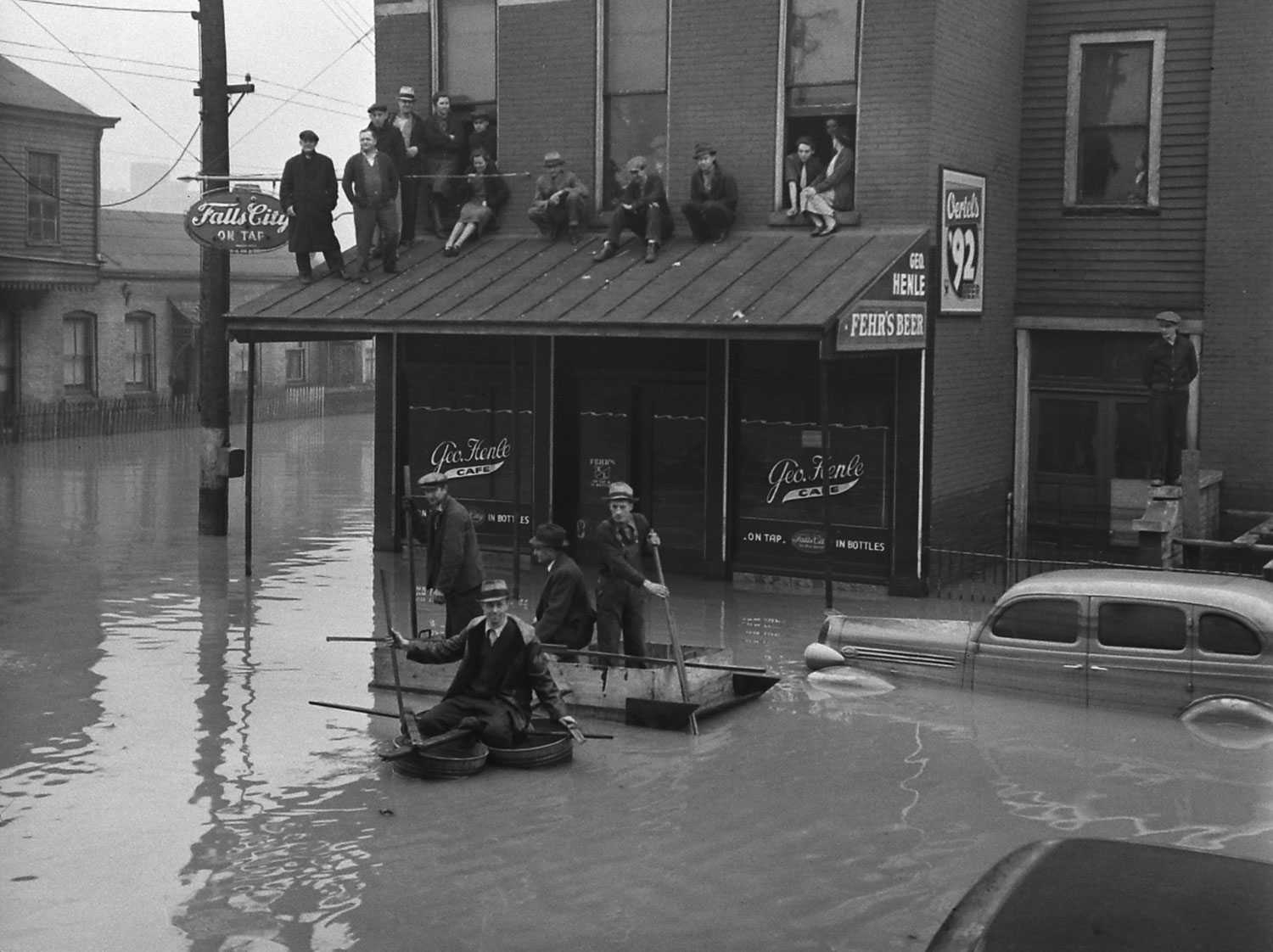
More Must-Reads from TIME
- Donald Trump Is TIME's 2024 Person of the Year
- Why We Chose Trump as Person of the Year
- Is Intermittent Fasting Good or Bad for You?
- The 100 Must-Read Books of 2024
- The 20 Best Christmas TV Episodes
- Column: If Optimism Feels Ridiculous Now, Try Hope
- The Future of Climate Action Is Trade Policy
- Merle Bombardieri Is Helping People Make the Baby Decision
Contact us at letters@time.com